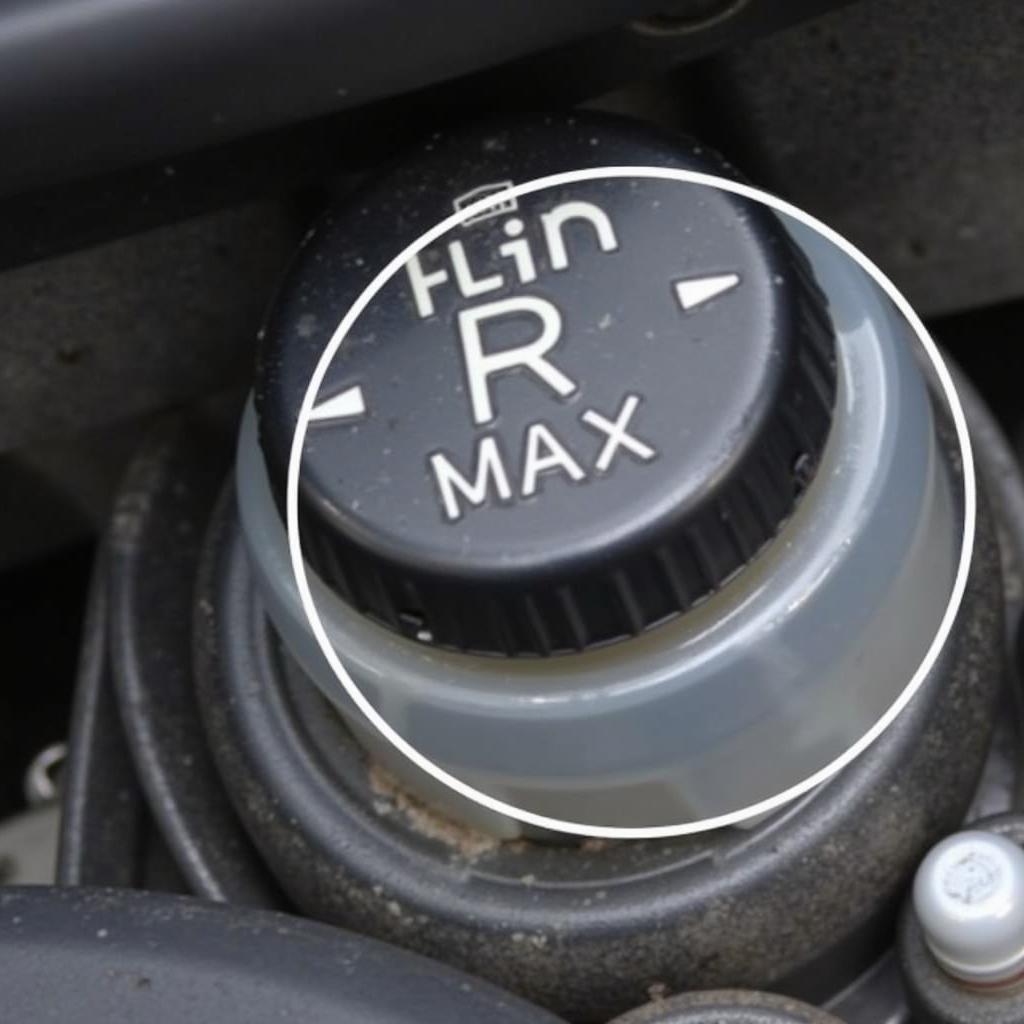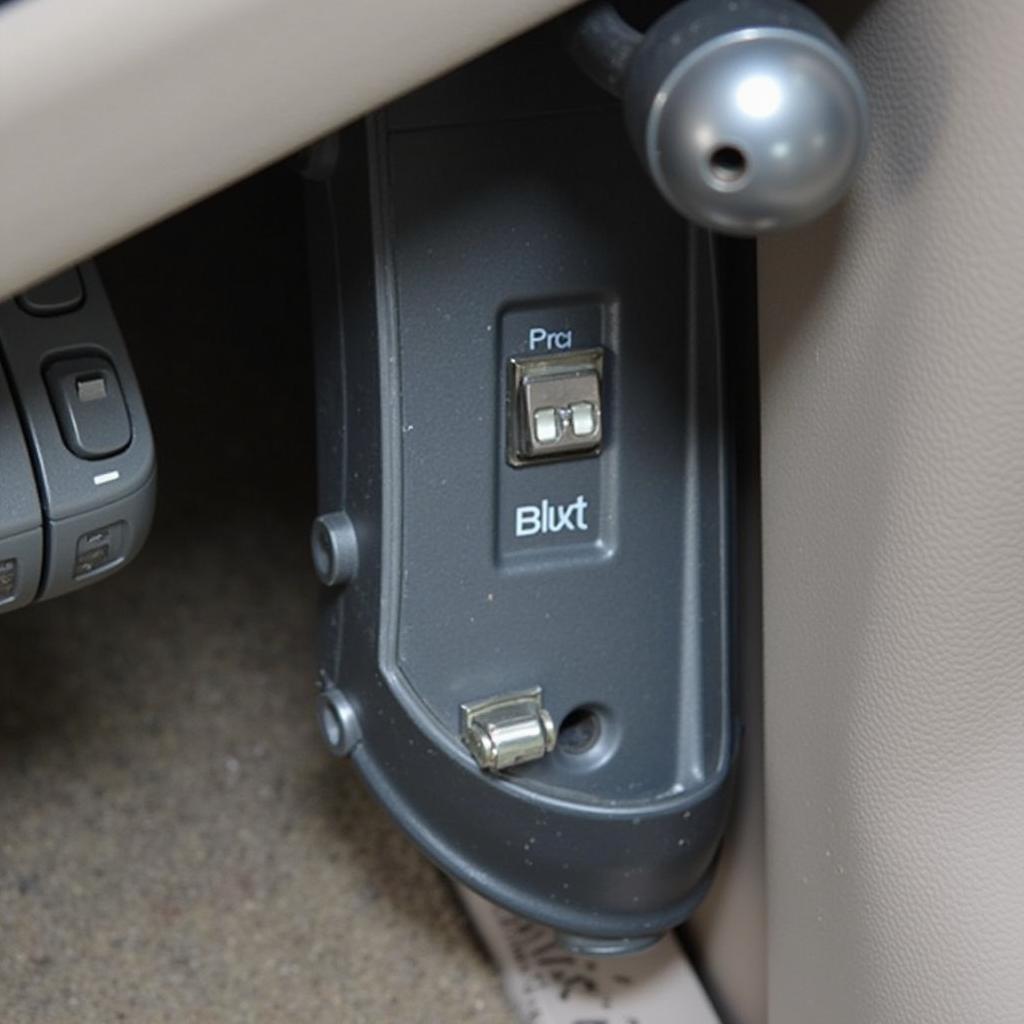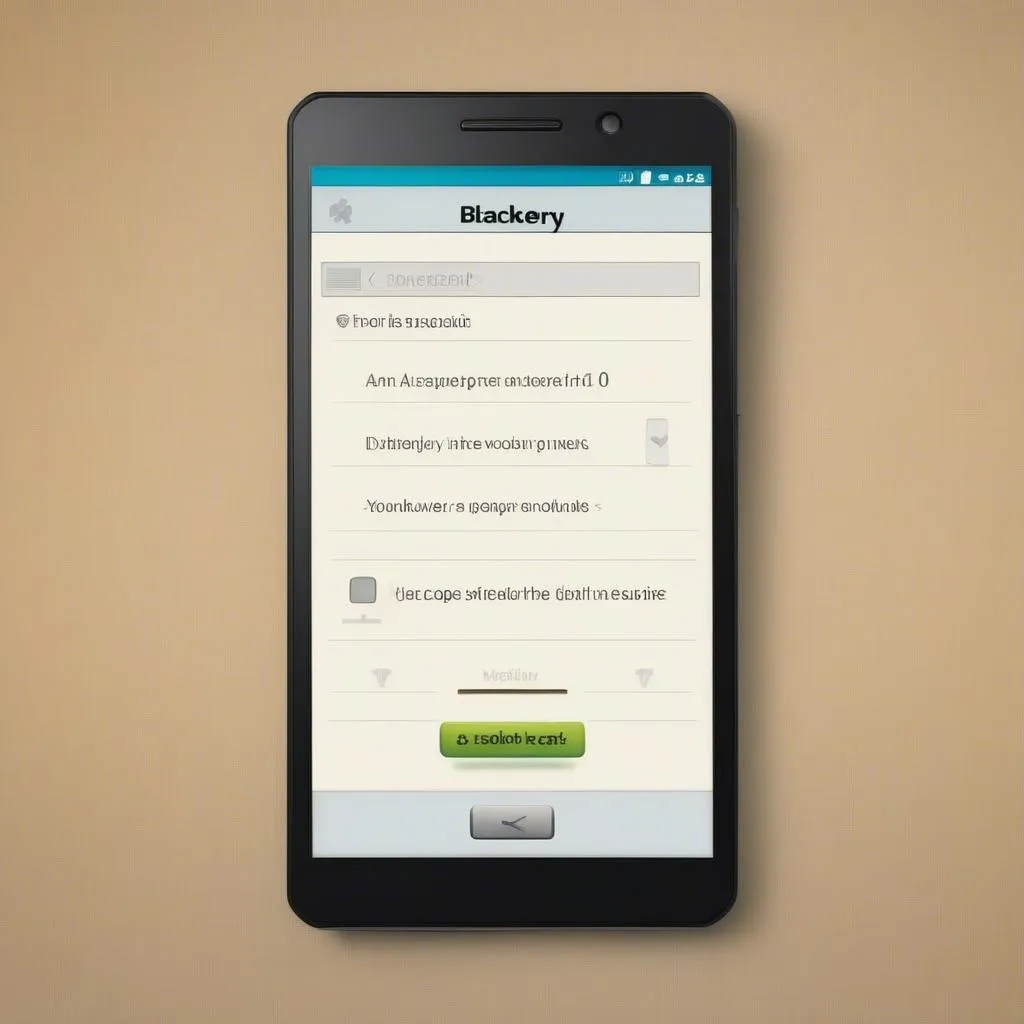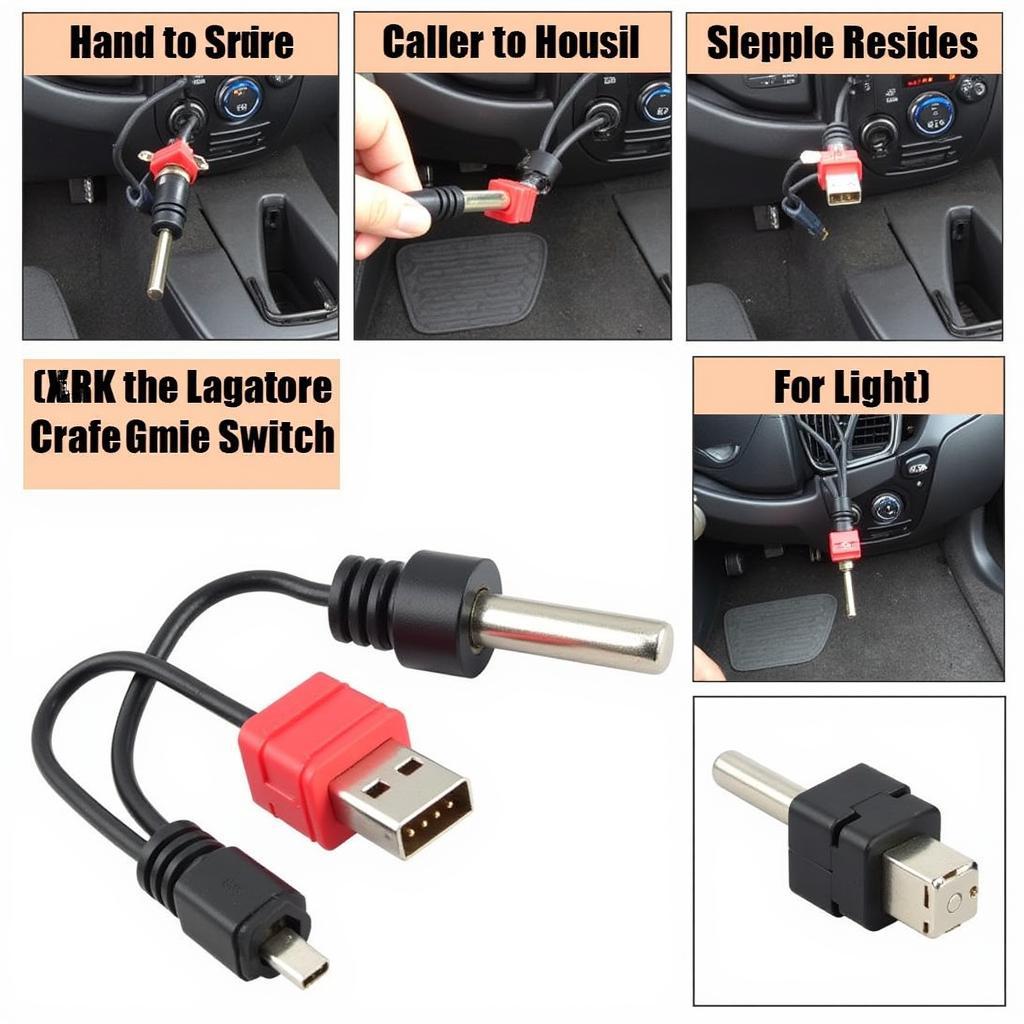Is your 2011 Buick Enclave’s parking brake warning light stubbornly illuminating on your dashboard? Don’t panic! This is a common issue faced by many Enclave owners, and while it can signal a problem, it’s often easily addressed. This comprehensive guide will illuminate the common causes behind this pesky light and provide you with the knowledge to get back on the road safely.
Decoding the Parking Brake Warning Light
The parking brake warning light on your 2011 Buick Enclave serves as a crucial safety indicator. It can illuminate for several reasons, some more serious than others.
Possible triggers for the warning light include:
- Engaged Parking Brake: This is the most straightforward reason. If your parking brake is even slightly engaged, the light will stay on.
- Low Brake Fluid: Brake fluid is the lifeblood of your braking system. A low fluid level can trigger the warning light and indicate a leak or worn brake pads.
- Faulty Parking Brake Switch: This switch signals when the parking brake is engaged or released. A malfunctioning switch can send a false signal, causing the light to illuminate even when the brake is not applied.
- Worn Brake Pads: While not directly tied to the parking brake, excessively worn brake pads can sometimes trigger the warning light as a general brake system alert.
Troubleshooting the Warning Light: A Step-by-Step Guide
Before you rush to the mechanic, try these troubleshooting steps to pinpoint the cause of the problem:
- Check Your Parking Brake: Ensure your parking brake is fully released. Sometimes, even a slight engagement can trigger the light.
- Inspect Brake Fluid Levels: Locate the brake fluid reservoir under the hood (refer to your owner’s manual for the exact location). The reservoir will have a “Min” and “Max” marking. If the fluid level is below the “Min” line, it’s time to add more brake fluid.
- Visual Inspection of the Parking Brake System: Look for any visible signs of damage, wear and tear, or loose connections along the parking brake cables and components under your vehicle.
 2011 Buick Enclave Brake Fluid Reservoir
2011 Buick Enclave Brake Fluid Reservoir
When to Seek Professional Help
If the warning light persists after performing these initial checks, it’s time to consult a qualified mechanic specializing in Buick vehicles. They have the expertise and diagnostic tools to pinpoint the exact issue:
- Diagnostic Scanning: A professional-grade scan tool can read the error codes stored in your Enclave’s computer, revealing the root cause of the warning light.
- Brake System Inspection: A mechanic will thoroughly examine your entire brake system, including the parking brake assembly, cables, calipers, and brake lines, to identify any potential issues.
- Component Replacement: Based on the diagnosis, they can replace any faulty components, such as the parking brake switch, brake pads, or other parts contributing to the problem.
 Faulty Parking Brake Switch in Buick Enclave
Faulty Parking Brake Switch in Buick Enclave
Expert Insight
“Many car owners overlook the importance of regular brake system maintenance,” says John Smith, a certified automotive technician with over 20 years of experience working on Buick vehicles. “Regular inspections and timely replacements of worn components can prevent many parking brake issues and ensure your safety on the road.”
Preventing Future Parking Brake Issues
Maintaining your Buick Enclave’s braking system is crucial for optimal performance and safety. Here are some preventative measures:
- Regular Brake Fluid Checks: Get into the habit of checking your brake fluid levels at least once a month.
- Adhere to Brake Pad Replacement Schedules: Consult your owner’s manual for recommended brake pad replacement intervals. Don’t wait until you hear grinding noises to change them.
- Engage the Parking Brake Regularly: Even when parked on a flat surface, engaging the parking brake helps keep the cables and mechanism lubricated and functioning correctly.
- Address Warning Lights Promptly: Never ignore any warning light on your dashboard.
Conclusion
Dealing with a persistent parking brake warning light on your 2011 Buick Enclave can be a nuisance. By understanding the potential causes and following the troubleshooting steps outlined above, you can address the issue effectively. Remember, if you’re unsure about any aspect of your vehicle’s braking system, it’s always best to err on the side of caution and seek professional assistance. Safe driving starts with a well-maintained braking system.


